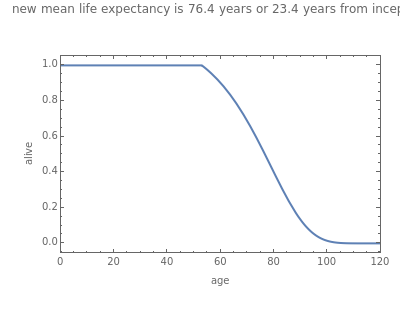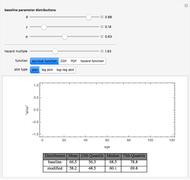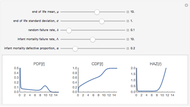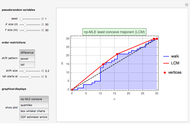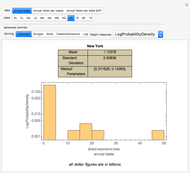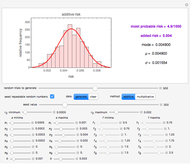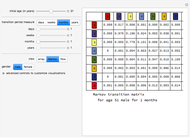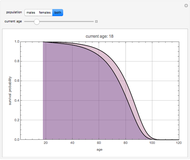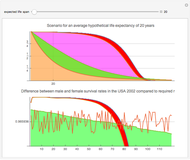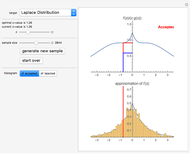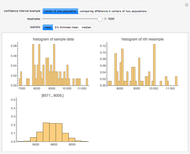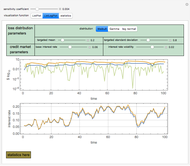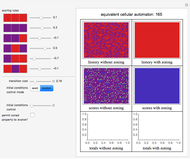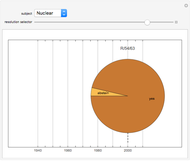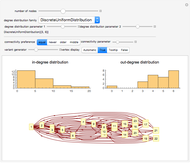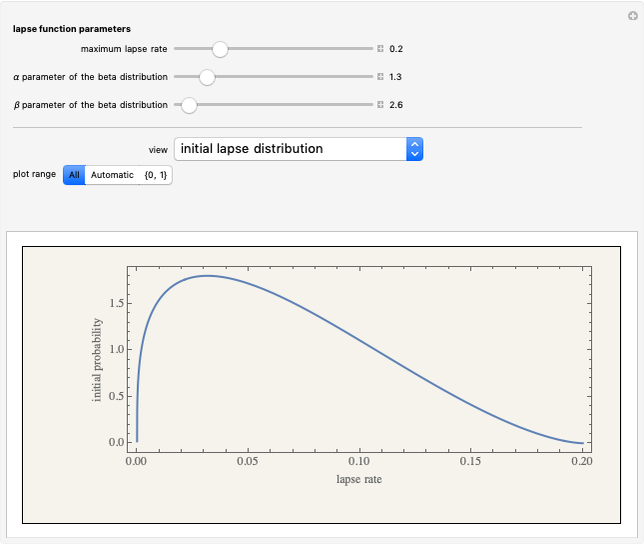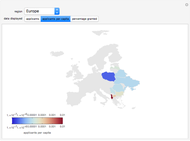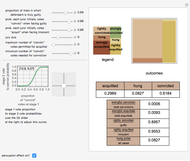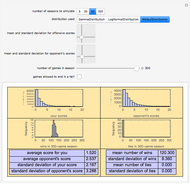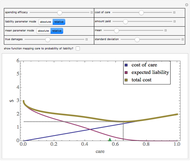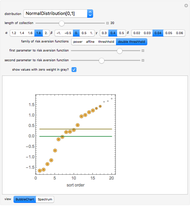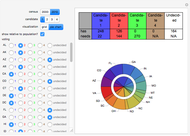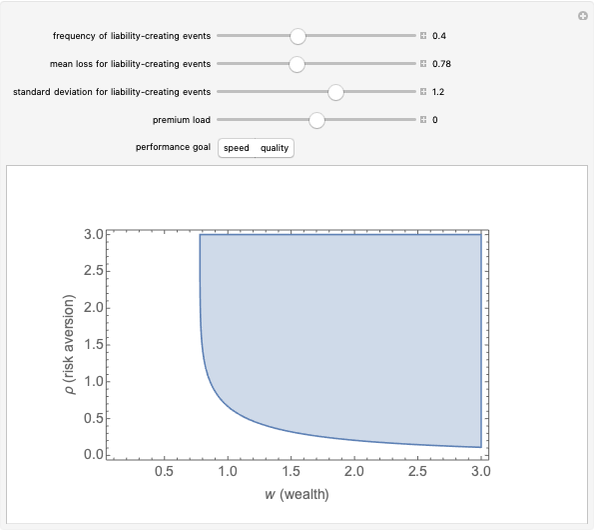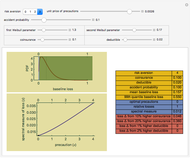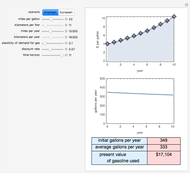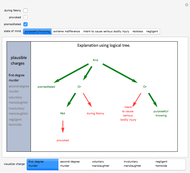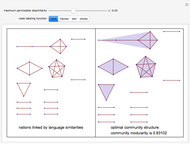Multiplication of Hazard in Gompertz-Makeham Distributions

Requires a Wolfram Notebook System
Interact on desktop, mobile and cloud with the free Wolfram Player or other Wolfram Language products.
There are frequently no published survival tables for particular subsets of a population. What actuaries will then sometimes do in order to obtain needed figures such as net single premiums or reserves is to assume that the hazard faced by that subset is, for all periods in a person's lifetime, a constant multiple of the hazard published in an accepted table. Thus, an actuary might assume (or have data showing) that the hazard for male diabetic smokers is 2.3 times the hazard for males published in the 2001 Commissioners Standard Ordinary (CSO) mortality table.
[more]
Contributed by: Seth J. Chandler (March 2011)
Insight contributed by: Darren Glosemeyer
Open content licensed under CC BY-NC-SA
Snapshots
Details
The Gompertz–Makeham distribution has the property that a multiple of the hazard function creates a new distribution that is still within the Gompertz–Makeham family. Many distributions lack this property.
If you select a very low mean baseline life expectancy and a low baseline standard deviation, the Demonstration will modify your selected inception age in order to prevent numeric errors due to the fact that essentially everyone will be dead at your original inception age.
Permanent Citation
